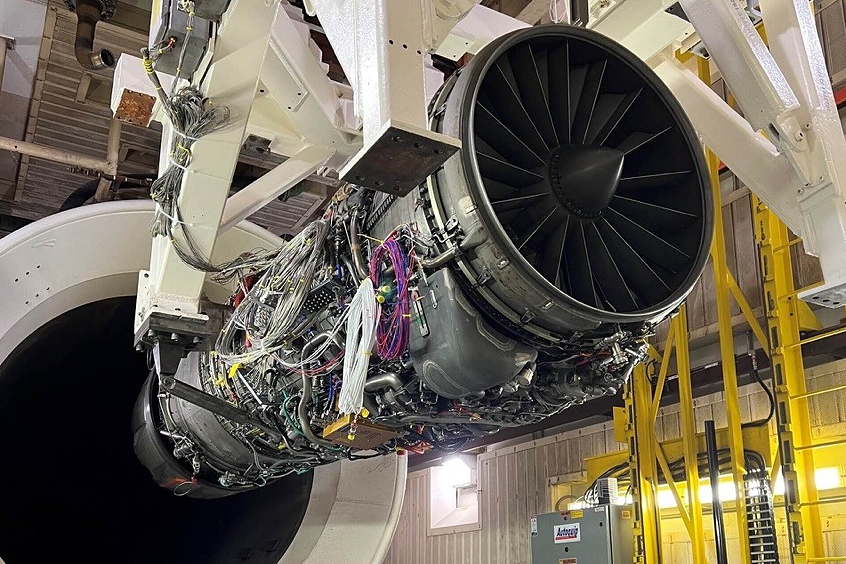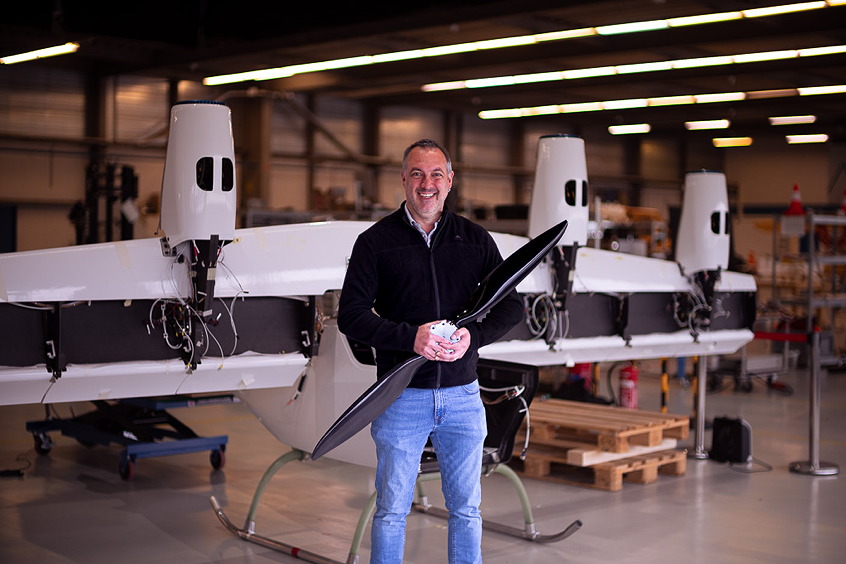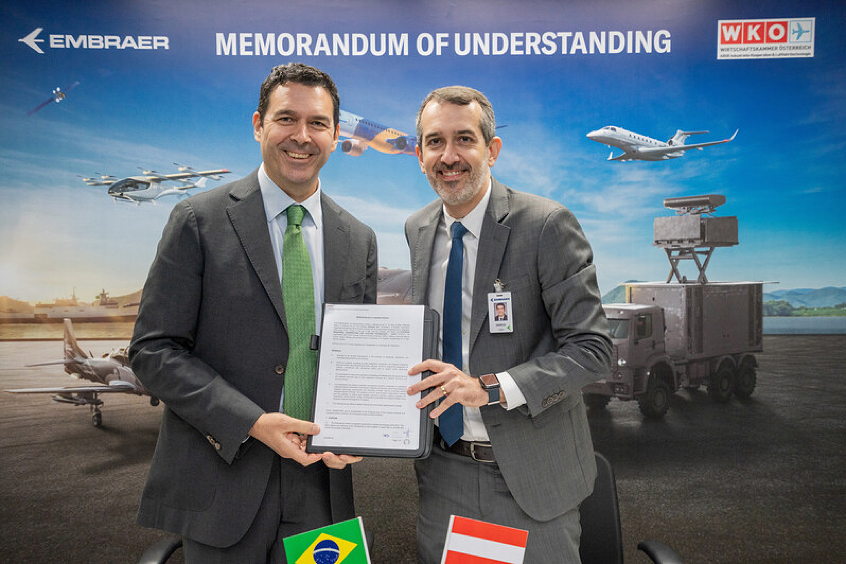Honeywell Aerospace's SmartPath Ground-Based Augmentation System and EGTS electric taxiing system technologies have been recognized by the Air Transport Action Group as solutions that can help support the aviation industry's goal to reduce CO2 emissions from 2005 in half by 2050. The two technologies were included in the Aviation Climate Solutions report, a collection of 100 examples of how the aviation industry is collaborating to cut carbon dioxide emissions and help reduce its impact on climate change, released at the Global Sustainable Aviation Summit in Geneva, Switzerland.
"We are committed to helping the aviation industry reduce its effect on climate change and are continuing to develop innovative technologies that pave the way for cleaner air travel," said Aileen M. McDowall, vice president, Air Transport and Regional, Europe, Middle East, Africa and India, Honeywell Aerospace. "EGTS electric taxiing system and SmartPath Ground-Based Augmentation System (GBAS) are two game-changing technologies that can help the industry reduce emissions and improve air traffic management."
"The aviation industry has proactively taken a lead reducing the impact of climate change, putting in place a framework of goals to reduce emissions from air transport," said Michael Gill, executive director of the Air Transport Action Group. "Through our case studies, it is evident how different parts of the industry globally, including Honeywell, are working together to support a greener environment."
About SmartPath
Honeywell's SmartPath GBAS system augments GPS signals so they can be used for precision navigation in the approach and landing phases of flight. The flexibility provided by GBAS may produce a significant reduction of carbon emissions, increase airport capacity, decrease air traffic noise, reduce weather-related delays, and reduce operating costs for aircraft operators and air navigation service providers. The project is a component of the Federal Aviation Administration's Next Generation Air Transportation System and changes today's ground-based air navigation system to a much more efficient satellite-based navigation system that uses the same GPS technology used in cars today.
The Aviation Climate Solutions report was released at the Global Sustainable Aviation Summit in Geneva, Switzerland, to reaffirm the industry's commitment to climate action, and calls on governments to support it with the development of a global market-based measure for aviation emissions, improved efficiency in air traffic management, and accelerating research for alternative fuels and new technology.
About EGTS
The EGTS electric taxiing system, developed by Honeywell and Safran, enables aircraft to avoid using their main engines during taxiing and instead taxi autonomously under their own electrical power. Similar to a hybrid car using electrical power at slow speeds, EGTS will improve airline operating efficiency during taxi operations and cut fuel consumption by up to 4 percent per flight cycle. EGTS will reduce noise, eliminate up to 61 percent of carbon dioxide and up to 51 percent of nitrogen oxide emissions during taxi operations, and relieve apron area congestion. It also will improve on-time departure, and allow passengers to deplane faster as a result of smoother ground handling operations.
| Contact details from our directory: | |
| Honeywell Aerospace | Air Conditioning Equipment, Air Conditioning Equipment, Magnetometers, Cockpit Printers, Airborne Communication Systems, Cooling Systems, Cargo Systems, Airspeed Indicators, WAAS Equipment, Starter Generators, Bleed Air Systems, Air Purification Systems, Flight Management Systems, Engine Parts, Pneumatic Systems Equipment, Automatic Flight Control Systems, Inertial Components & Systems, Multi-Mode Receivers (MMR), Auxiliary Power Units, Cabin Pressure Control Systems, Autopilots, Cockpit Control Systems, Avionics Management Systems, Automatic Direction Finders, Distance Measuring Equipment, Transceivers, VOR (Omnirange) Receivers, Radio Communications Equipment, GPS, Attitude and Heading Reference Systems, Radar/Radio Altimeters, Terrain Awareness and Warning Systems, Horizontal Situation Indicator, Heading Indicators, Onboard Intercom Systems, Electronic Flight Instrument Systems, Flight Recorders, Collision Avoidance Systems/TCAS, Fly-by-Wire Systems, Air Data Computers, Cabin Management Systems, Weather Mapping Radar, Emergency Locator Transmitters, Radar Transponders, IFF Interrogators, Glide Slope Receivers, Weapons Countermeasures, LCD Displays, Moving Maps, Enhanced Vision Systems (EVS), Inflight Entertainment, Angle of Attack Indicators, Proximity Sensors, Testing Services, Environmental Testing Services, Electromagnetic Test Services, Electric Power Controllers, Cockpit Video Displays, Fibre Optic Gyroscopes, Fuel Tanks & Systems |
| Related directory sectors: |
| Landing Guidance Systems |
Weekly news by email:
See the latest Bulletin, and sign up free‑of‑charge for future editions.

Amprius and Stafl team up for battery pack innovation

RISE engine efficiency project gains momentum

Dufour picks Mejzlik propeller blades for the Aero2
